A Complete Analysis of “Before the Town” by Paul Klee
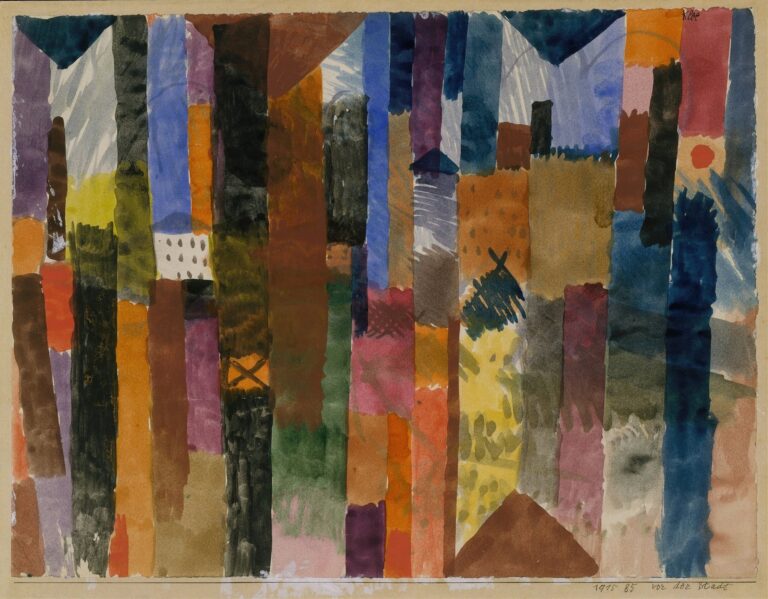
Dive into Paul Klee’s 1915 watercolor Before the Town, exploring its vertical color bands, abstract geometric motifs, and the painter’s symbolist vision of liminal space.

Dive into Paul Klee’s 1915 watercolor Before the Town, exploring its vertical color bands, abstract geometric motifs, and the painter’s symbolist vision of liminal space.

Explore Paul Klee’s 1919 work “Birds Swooping Down and Arrows,” revealing its abstracted bird modules, vector motifs, and textured watercolor background in a detailed art analysis.

Explore Paul Klee’s 1932 “Athlete’s Head” in this in-depth analysis, uncovering its rhythmic grid structure, minimalist line work, and the fusion of abstraction with psychological portraiture.
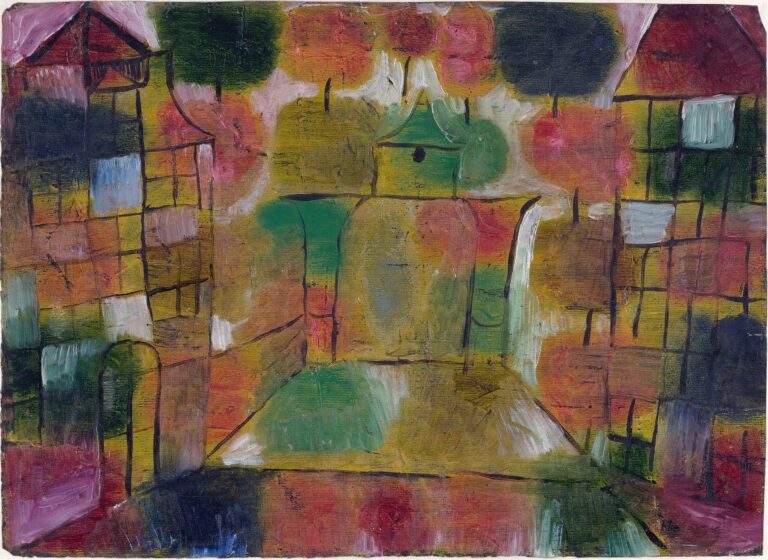
Delve into Paul Klee’s 1920 masterpiece “Tree and Architecture–Rhythms,” exploring its fusion of organic and geometric forms, rhythmic line work, and Bauhaus-era significance.
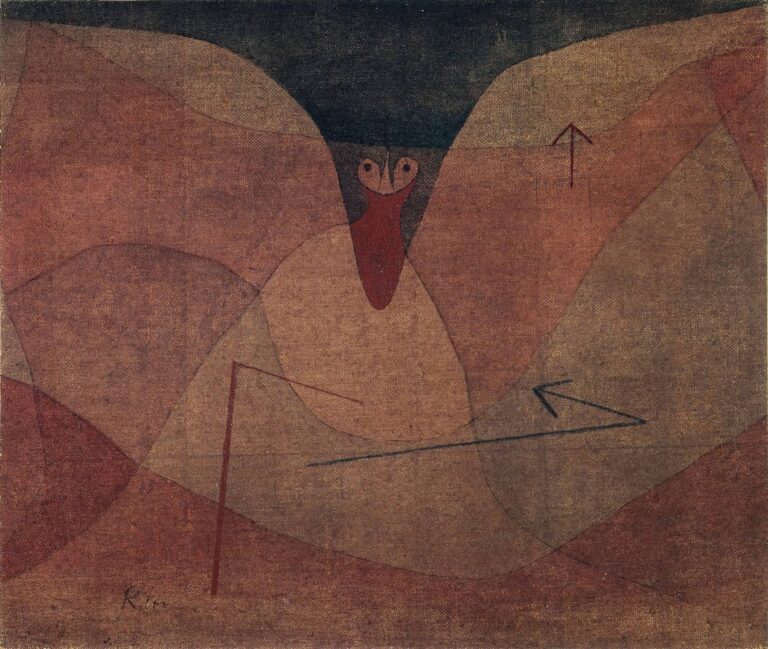
Dive into Paul Klee’s 1934 painting “Aviatic Evolution,” exploring its layered arcs, symbolic arrows, and poetic synthesis of flight, abstraction, and technological optimism.
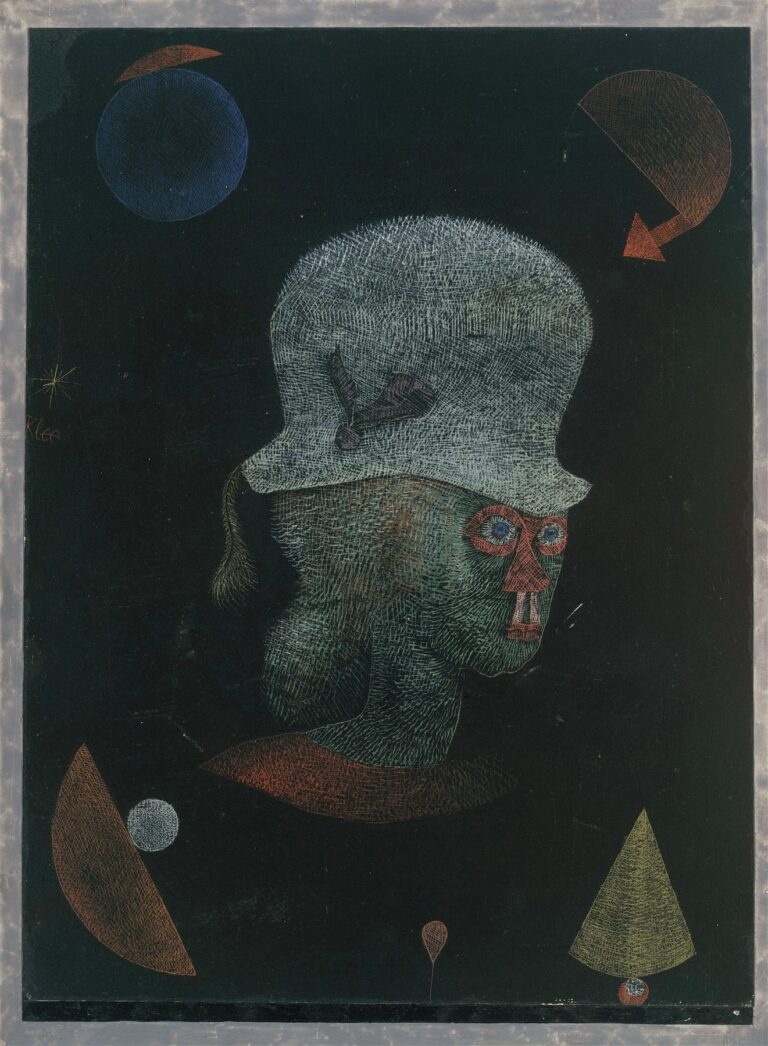
Discover in-depth insights into Paul Klee’s 1924 “Astrological Fantasy,” exploring its mystical symbols, hatchwork technique, and fusion of cosmic abstraction with psychological depth.
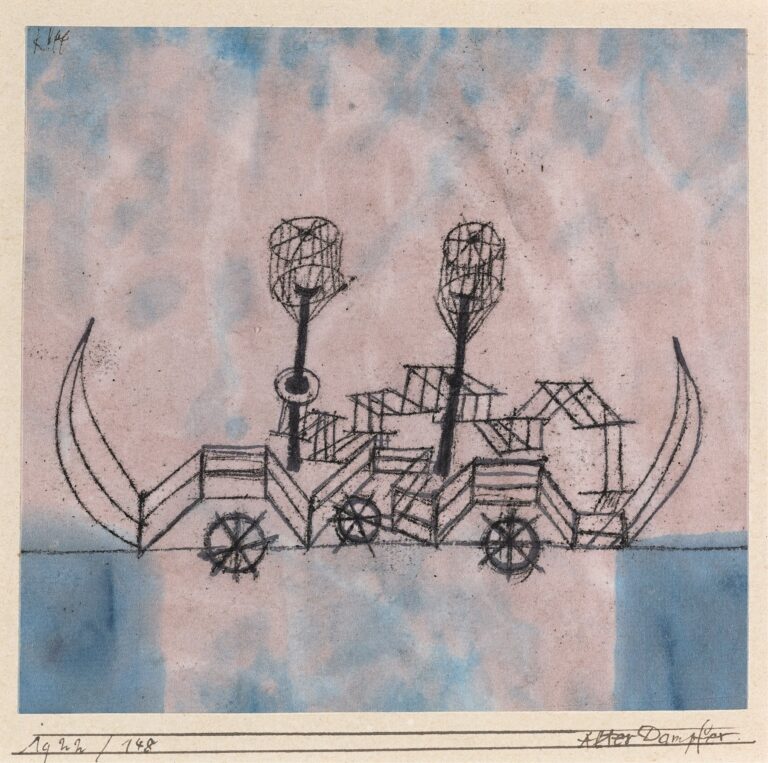
Explore Paul Klee’s 1922 work “Old Steamboat,” examining its lyrical abstraction, calligraphic line work, and symbolic layers in a detailed art analysis.
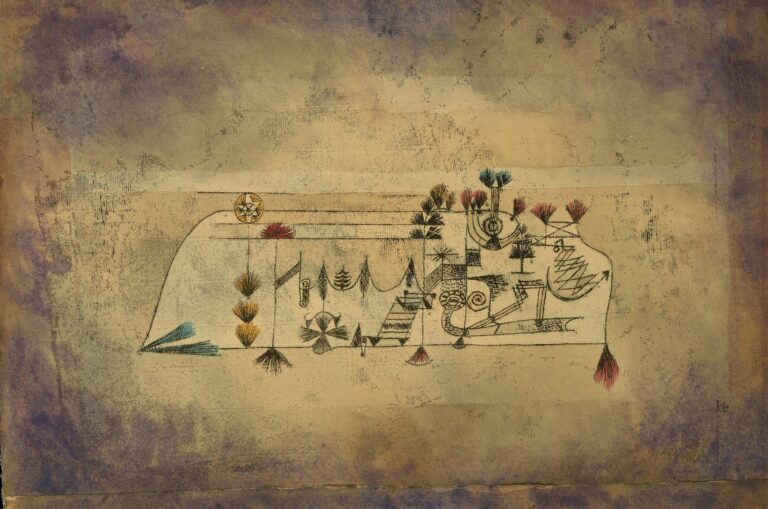
Delve into Paul Klee’s 1921 masterpiece “All Souls’ Picture,” exploring its evocative line work, symbolic motifs, and atmospheric color in an in-depth art analysis.
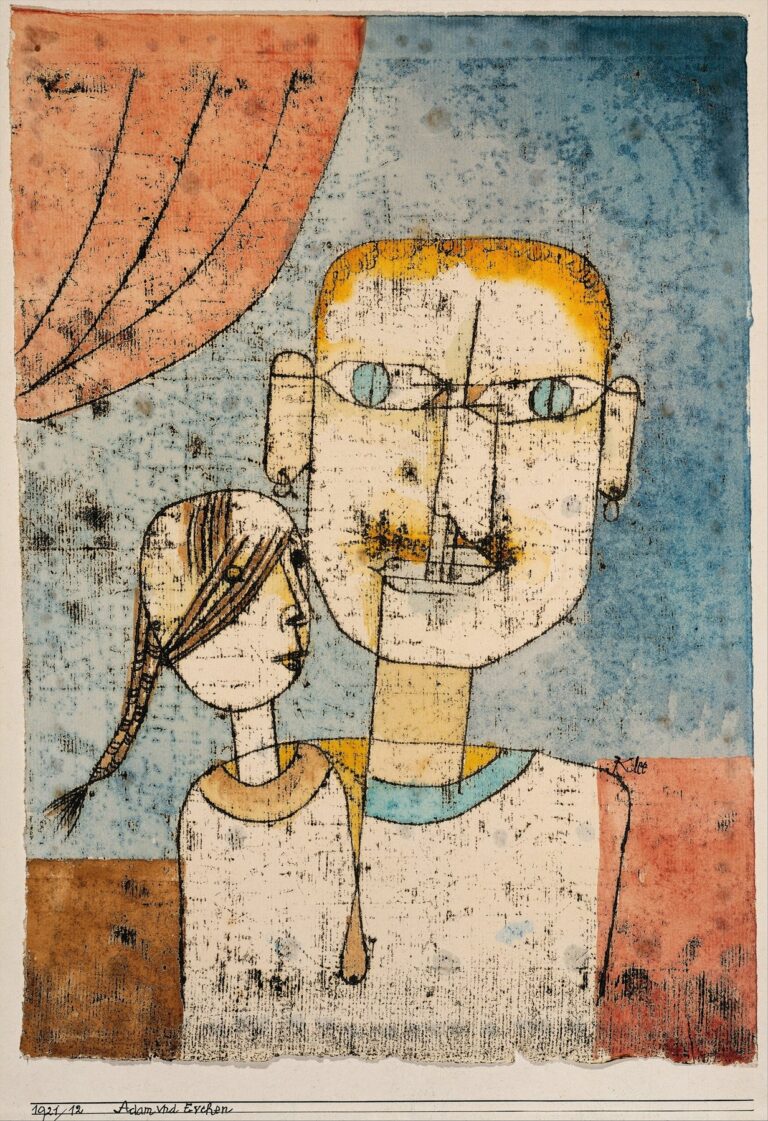
Explore Paul Klee’s 1921 work “Adam and Little Eve,” uncovering its blend of geometric abstraction, symbolic allusion, and emotive line work in a Bauhaus-era masterpiece.
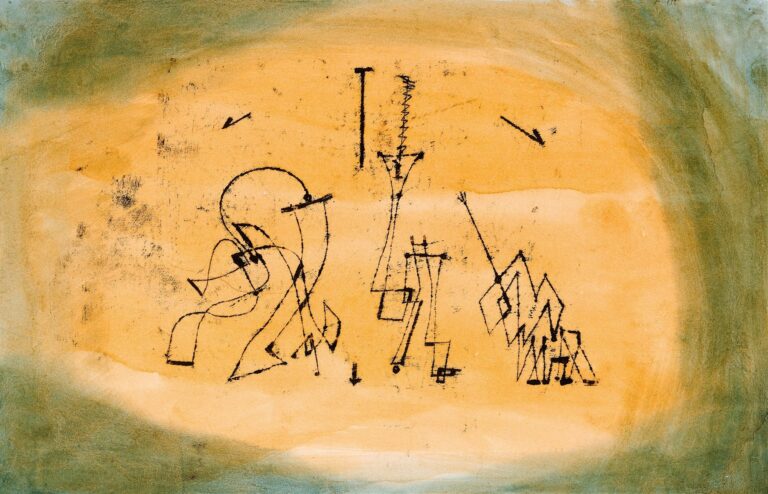
Explore Paul Klee’s 1923 work “Abstract Trio,” uncovering its dynamic interplay of line and wash, its roots in Bauhaus pedagogy, and its poetic fusion of abstraction and rhythm.
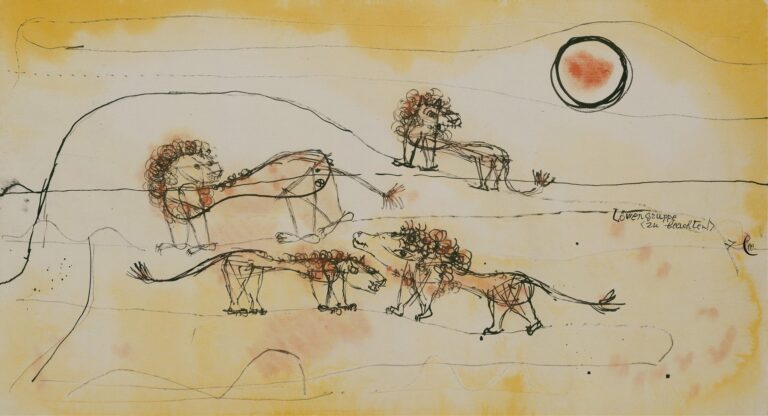
Delve into Paul Klee’s 1924 “A Pride of Lions,” exploring its minimalist composition, symbolic abstraction, and the interplay of line and color that define this modern masterpiece.
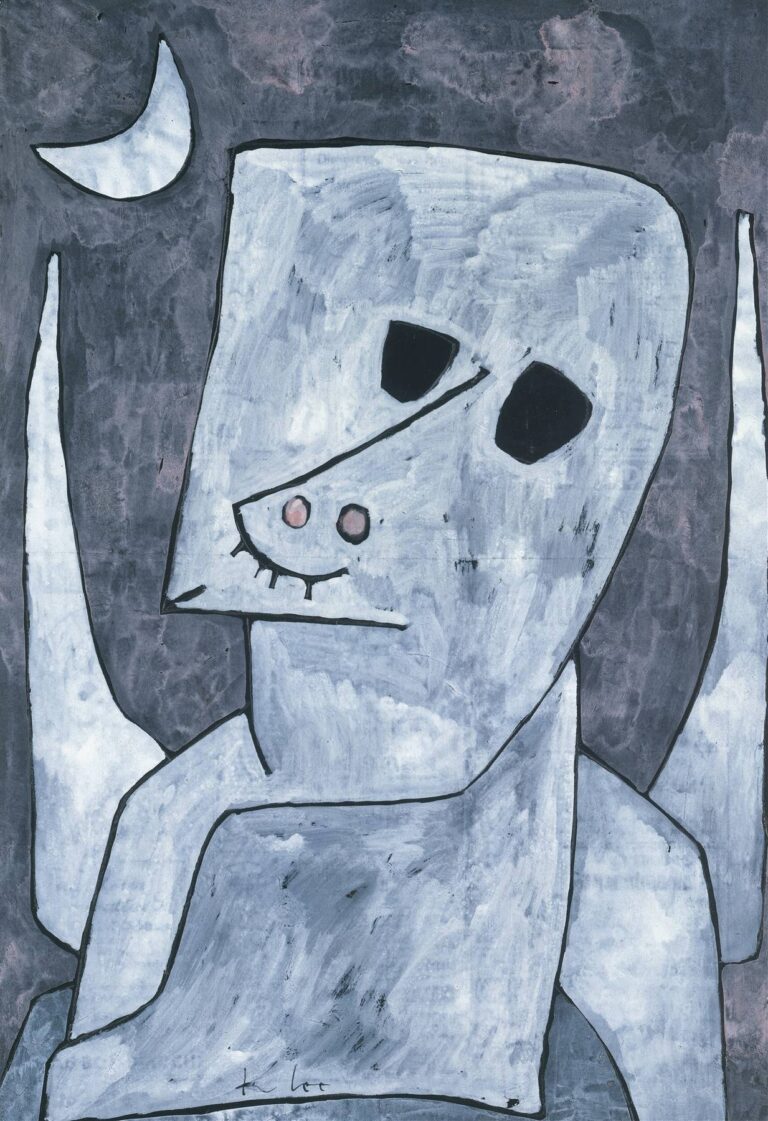
Paul Klee’s “Angel Applicant” (1939) is a moving exploration of mortality, spirituality, and existential waiting. Created near the end of the artist’s life, this symbolic painting combines abstract geometry, somber colors, and quiet emotion to portray an angelic figure suspended between worlds. This analysis explores its symbolism, style, and lasting influence.